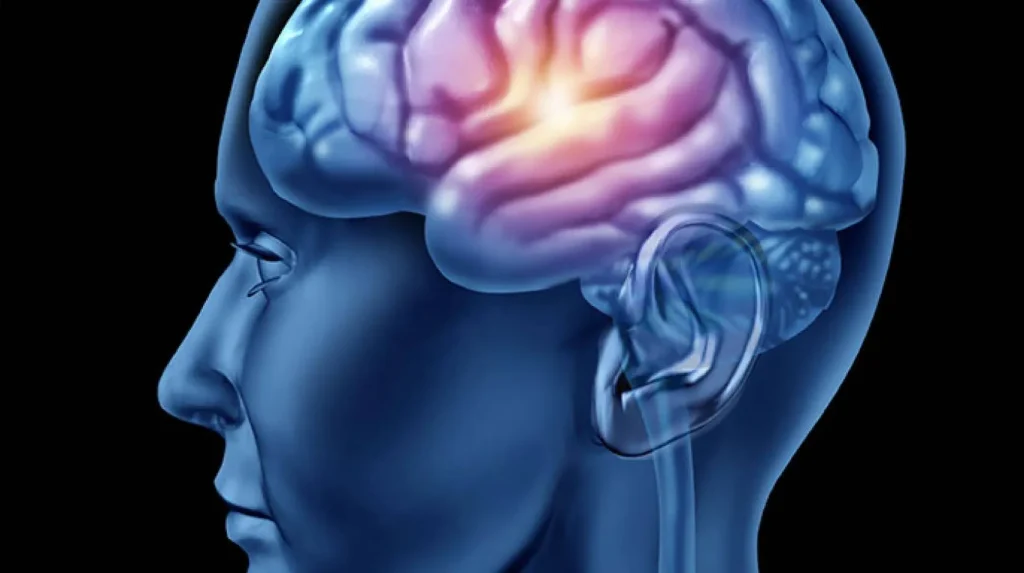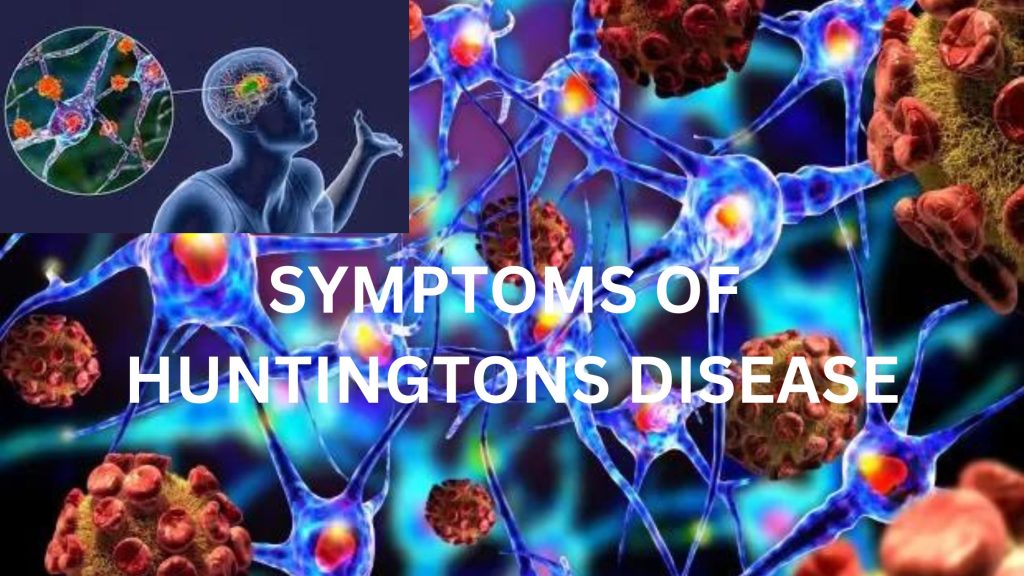Understanding Huntington’s Disease: An Insight into Its Signs and Symptoms
Huntington’s disease, a neurodegenerative disorder, manifests itself through various signs and symptoms that significantly impact an individual’s life. It’s crucial to recognize these indicators early on for timely intervention and management. Let’s delve into the distinctive features of Huntington’s disease.
Early Signs: Recognizing the Initial Symptoms
In the early stages, individuals may experience subtle changes in their cognitive abilities and motor functions. These include difficulties in concentration, memory lapses, and minor involuntary movements, such as fidgeting or twitching.
Progressive Nature: Tracking the Advancement of Symptoms
This progresses, the symptoms become more pronounced and disruptive. Patients may encounter severe cognitive decline, including impaired reasoning, judgment, and communication skills. Additionally, they may exhibit uncontrollable jerking movements, known as chorea, along with difficulties in walking and maintaining balance.
Psychiatric Symptoms: Shedding Light on Mental Health Challenges
This presents psychiatric symptoms that exacerbate the overall burden on patients and their families. Depression, anxiety, irritability, and obsessive-compulsive behaviors are common manifestations. These symptoms not only affect the individual’s emotional well-being but also pose significant challenges in daily functioning.
Genetic Component: Understanding the Role of Genetic Mutation
One of the distinguishing features of Huntington’s disease is its genetic basis. It is caused by a mutation in the HTT gene, leading to the production of abnormal huntingtin protein. This mutation follows an autosomal dominant pattern of inheritance, meaning that offspring of affected individuals have a 50% chance of inheriting the mutated gene.
Diagnostic Process: Navigating Through Testing and Assessment
Diagnosing Huntington’s disease involves a comprehensive evaluation, including medical history assessment, neurological examinations, and genetic testing. While there is currently no cure for the disease, early diagnosis enables healthcare professionals to implement strategies for symptom management and support.
Treatment and Management: Enhancing Quality of Life
Although there is no cure for Huntington’s disease, various treatment modalities aim to alleviate symptoms and enhance the quality of life for patients. These may include medications to manage movement disorders and psychiatric symptoms, as well as therapeutic interventions such as physical and occupational therapy.
Supportive Care: Fostering a Holistic Approach

In addition to medical interventions, holistic care plays a crucial role in supporting individuals with Huntington’s disease and their families. Access to counseling services, support groups, and community resources can provide emotional support, education, and practical assistance in navigating the challenges posed by the disease.
Raising Awareness: Advocating for Research and Education
Raising awareness about Huntington’s disease is essential to promote early detection, access to care, and ongoing research efforts. By fostering public understanding and support, we can contribute to advancements in treatment options and ultimately strive towards a world free from the burden of Huntington’s disease.
In conclusion, Huntington’s disease is a complex neurological condition characterized by a range of signs and symptoms that evolve over time. Early recognition, accurate diagnosis, and comprehensive management are paramount in addressing the challenges posed by this condition and improving the lives of affected individuals and their families.


